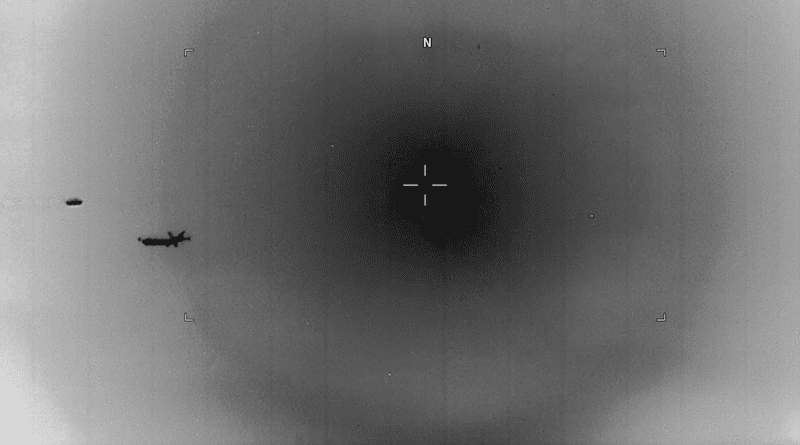Pentagon Working To Better Understand, Resolve Anomalous Phenomena
By DoD News
By David Vergun
In July 2022 the Defense Department set up the All-domain Anomaly Resolution Office to, among other things, identify unidentified anomalous phenomena that might pose a threat to national security and the operations of the military and federal agencies.
UAP are anything in space, in the air, on land, in the sea or under the sea that can’t be identified and might pose a threat to U.S. military installations or operations.
Sean M. Kirkpatrick, director of AARO, testified Thursday at the Senate Armed Services Committee’s Subcommittee on Emerging Threats and Capabilities.
The department is working to better understand and respond to UAP. Unidentified objects in any domain pose potential risks to safety and security, particularly for military personnel and capabilities, he said.
AARO team scientists have taken important steps to improve UAP data collection, standardize internal reporting requirements, and implement a framework for rigorous scientific and intelligence analysis, resolving cases in a systematic and prioritized manner, he said, adding that the team is also reviewing UAP-related historical records.
The team is leading a focused effort to better characterize, understand and attribute UAP, with priority given to UAP sightings in or near areas of national security importance or reported by military personnel, including pilots, he said.
“We cannot answer decades of questions about UAP all at once, but we must begin somewhere. While I assure you that AARO will follow scientific evidence wherever it leads, I ask for your patience as DOD first prioritizes the safety and security of our military personnel and installations in all domains,” Kirkpatrick said.
“I want to underscore today that only a very small percentage of UAP reports display signatures that could reasonably be described as ‘anomalous.’ The majority of unidentified objects reported to AARO demonstrate mundane characteristics of balloons, unmanned aerial systems, clutter, natural phenomena or other readily explainable sources,” he said.
“Humans are subject to deception and illusions, sensors to unexpected responses and malfunctions and, in some cases, intentional interference,” he said.
A large number of cases remain technically unresolved, but this is primarily due to a lack of data associated with these cases, he pointed out.
“Without sufficient data, we are unable to reach defendable conclusions that meet the high scientific standards we set for resolution, and I will not close a case that we cannot defend the conclusions of,” Kirkpatrick said.
“I should also state clearly for the record that in our research, AARO has found no credible evidence thus far of extraterrestrial activity, off-world technology, or objects that defy the known laws of physics,” he said.
Most sightings being examined by the team are in the 15,000- to 25,000-foot range. The reason for this is because that’s where a lot of aircraft fly, he said.
As of this week, the team is examining 650 cases. Of that number, the team has prioritized about half of them that appear to be especially interesting and anomalous, he said.

